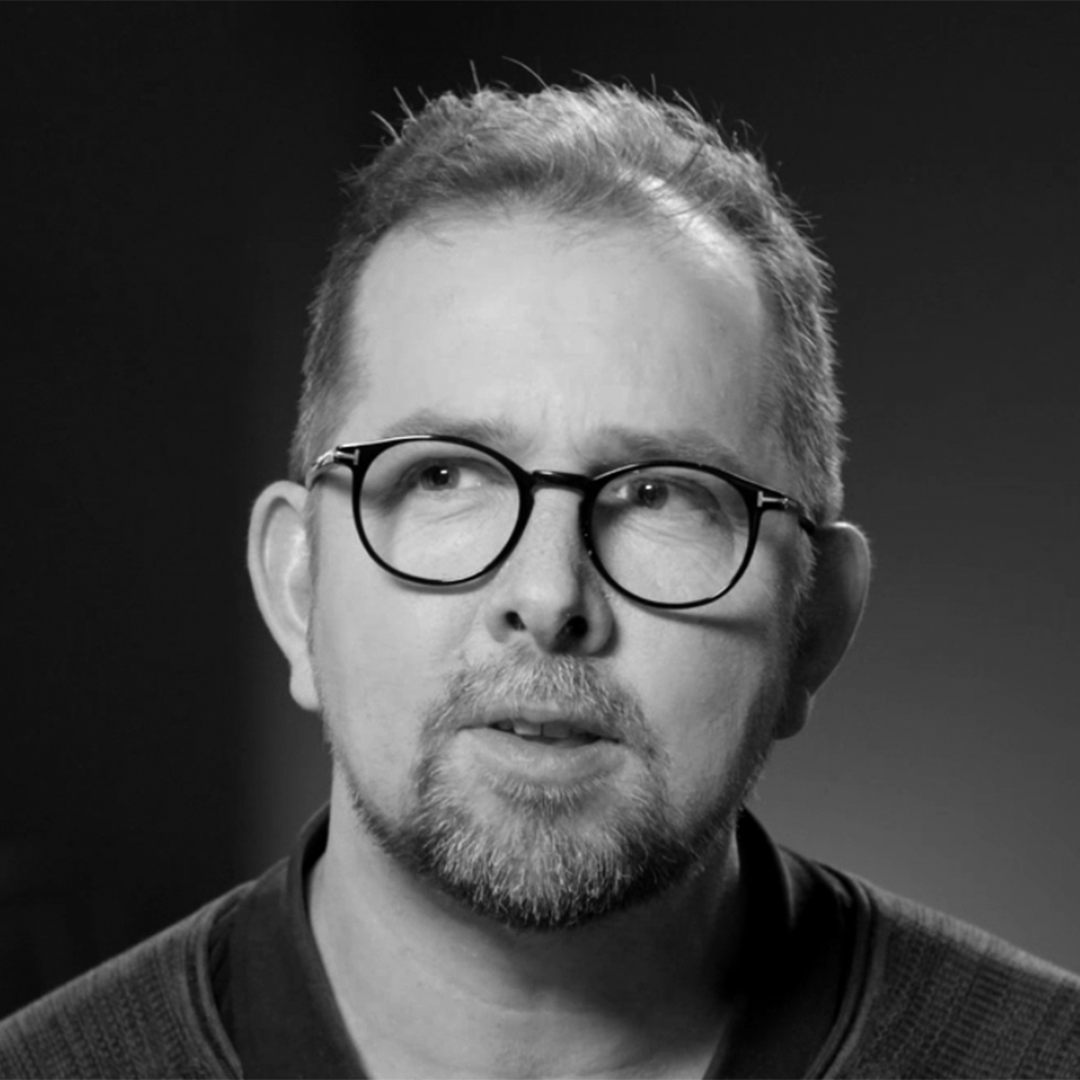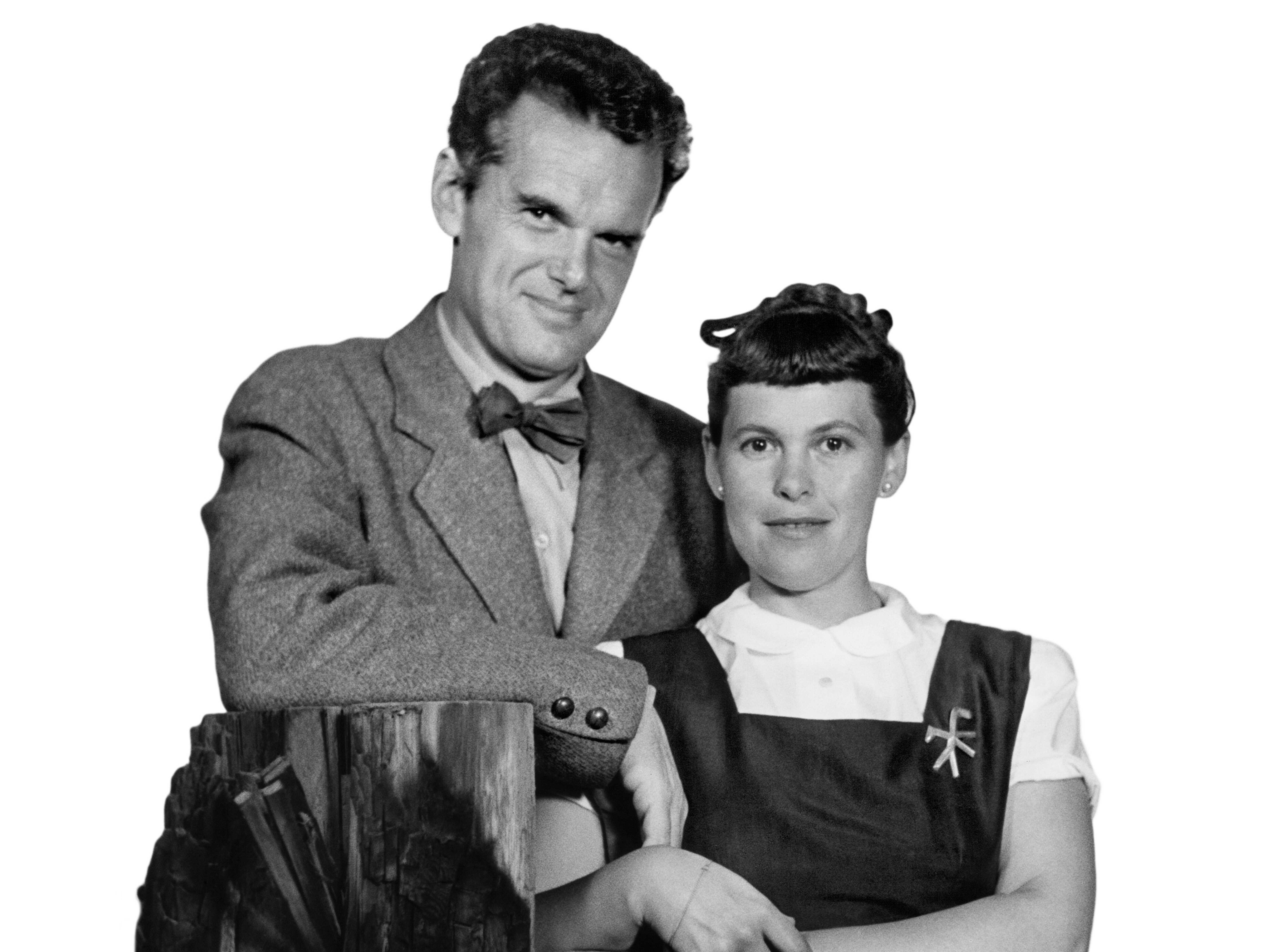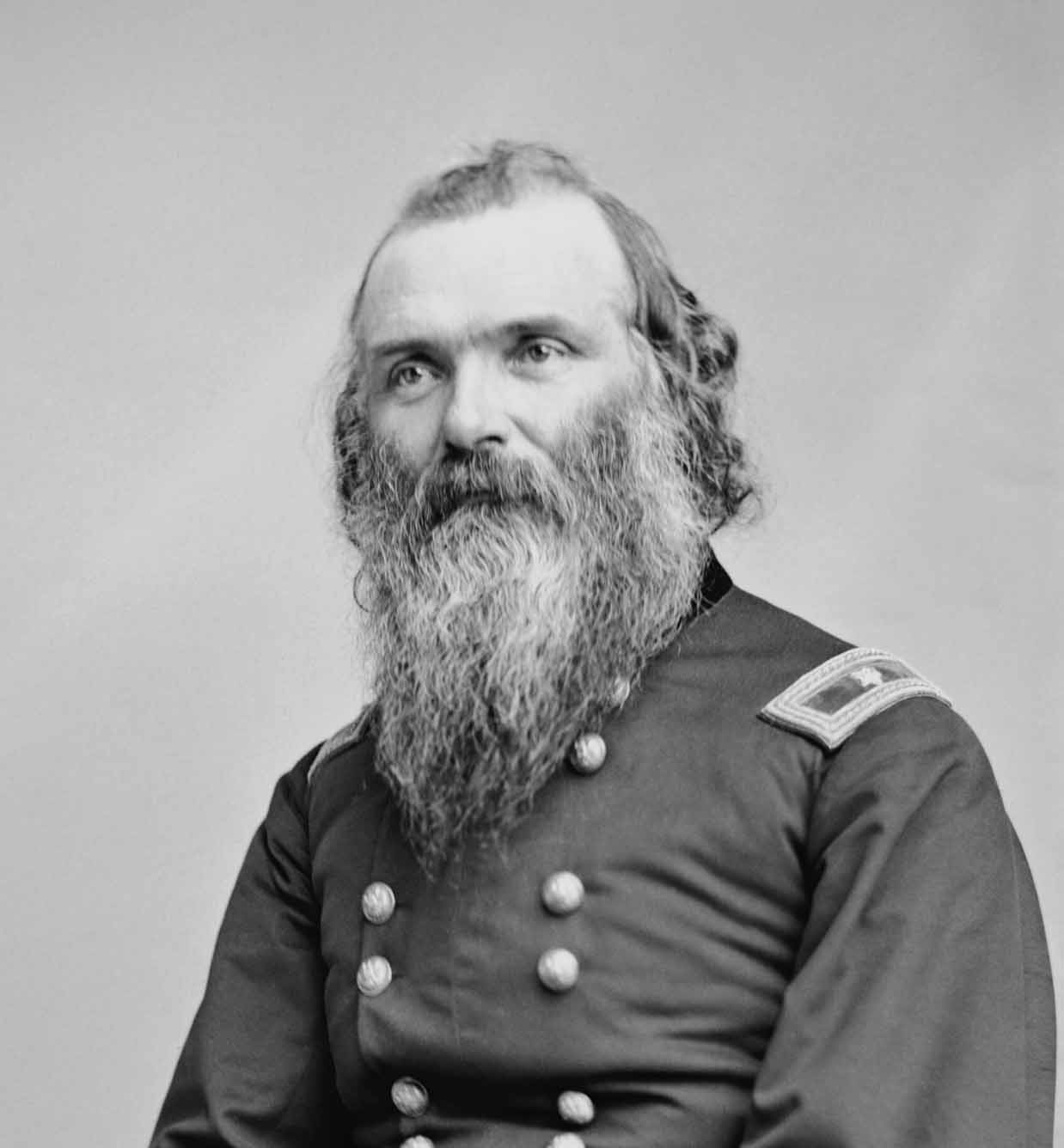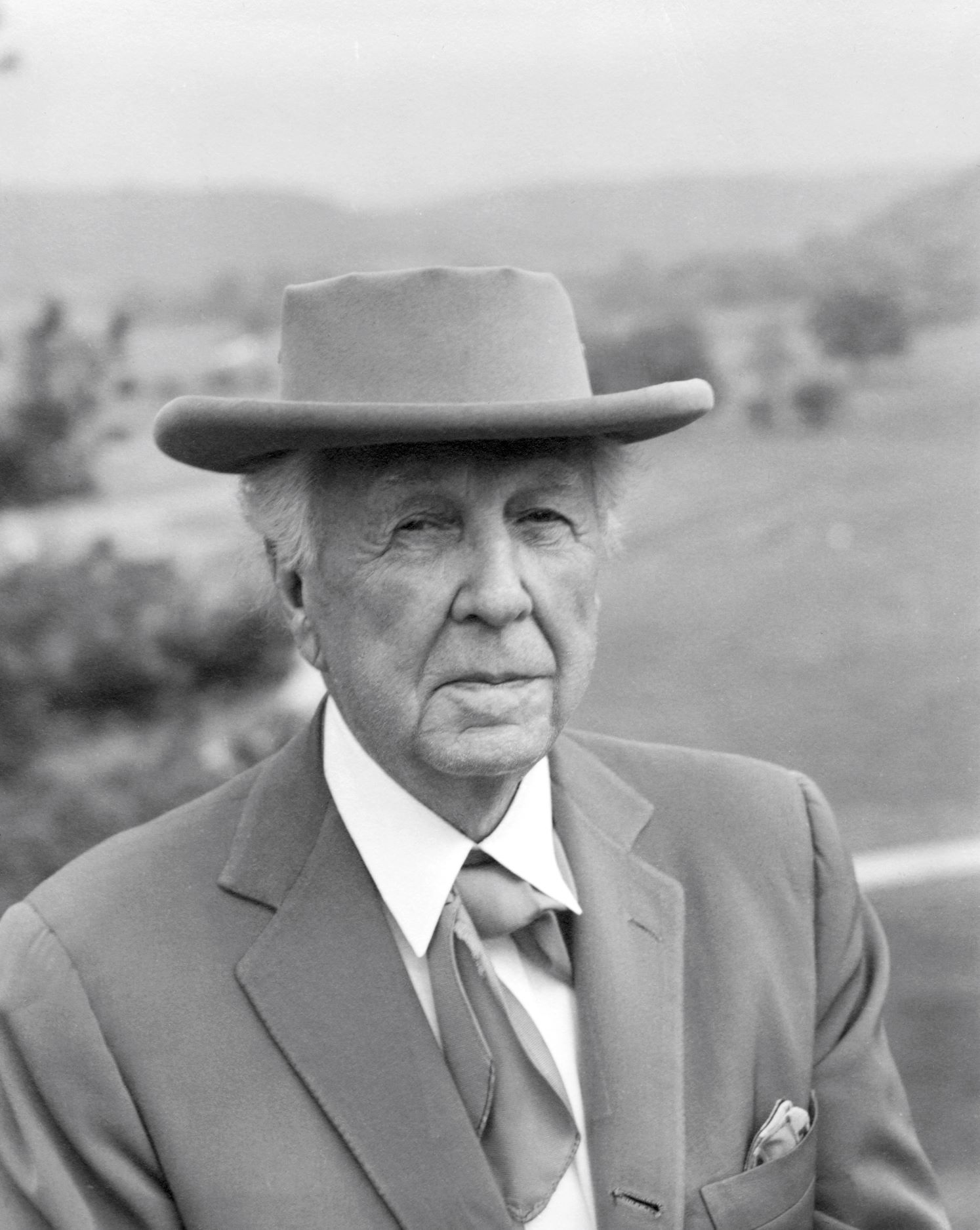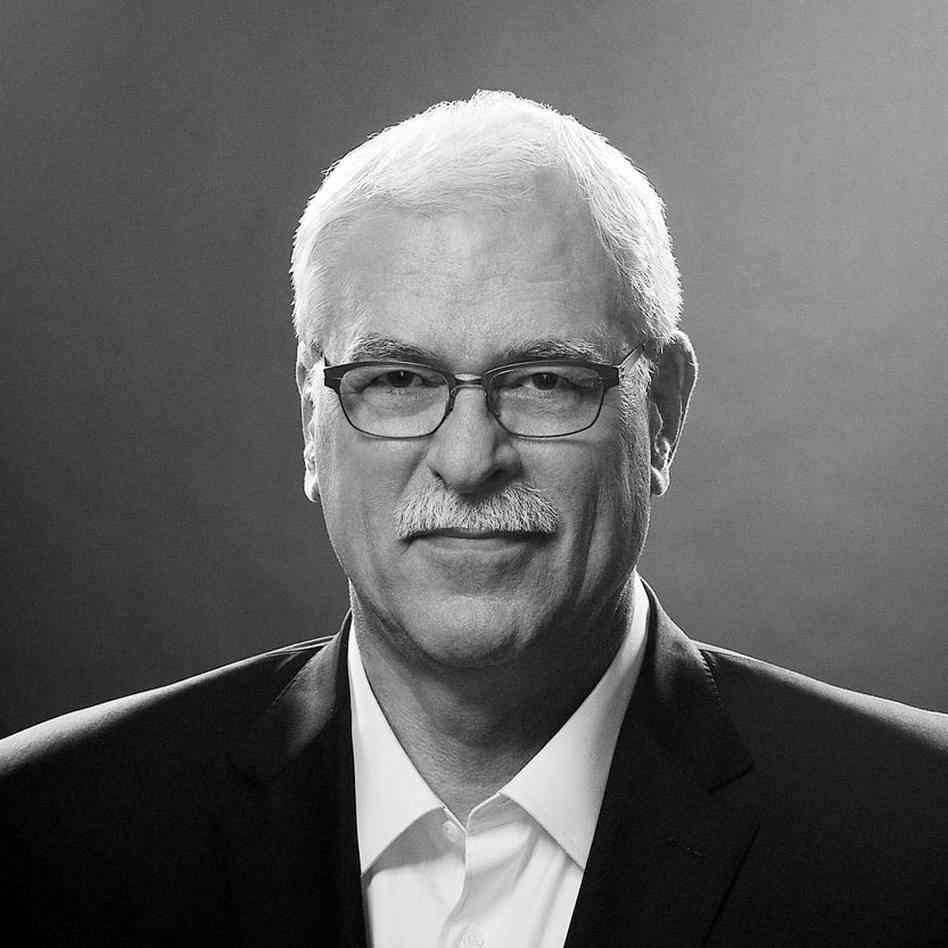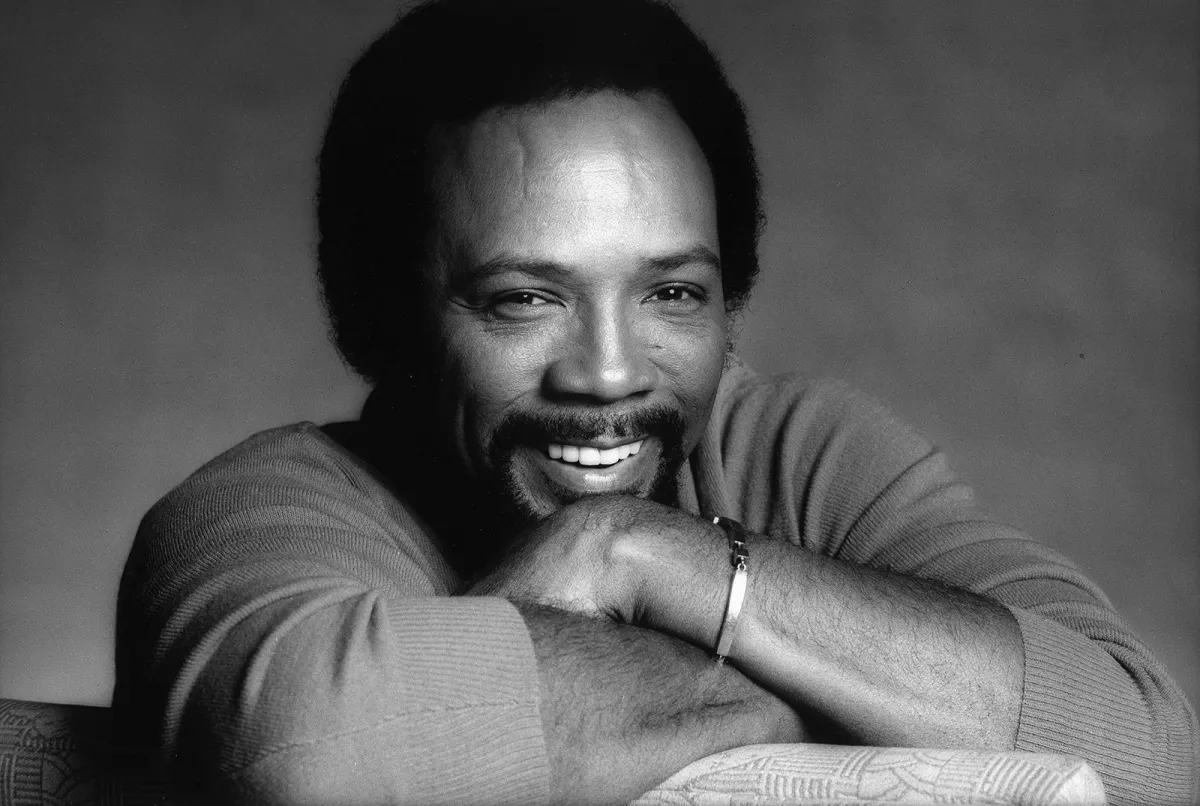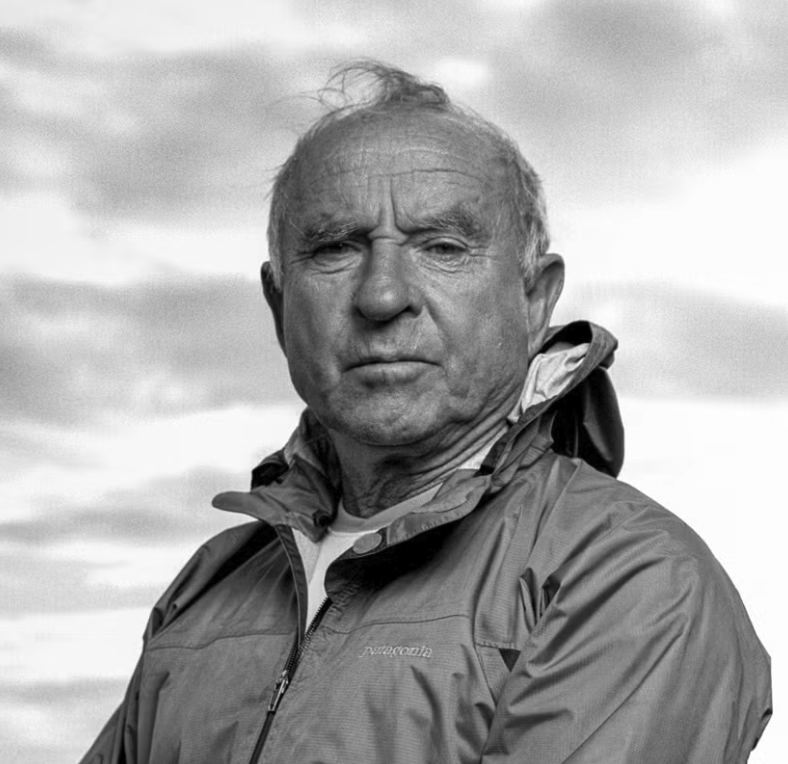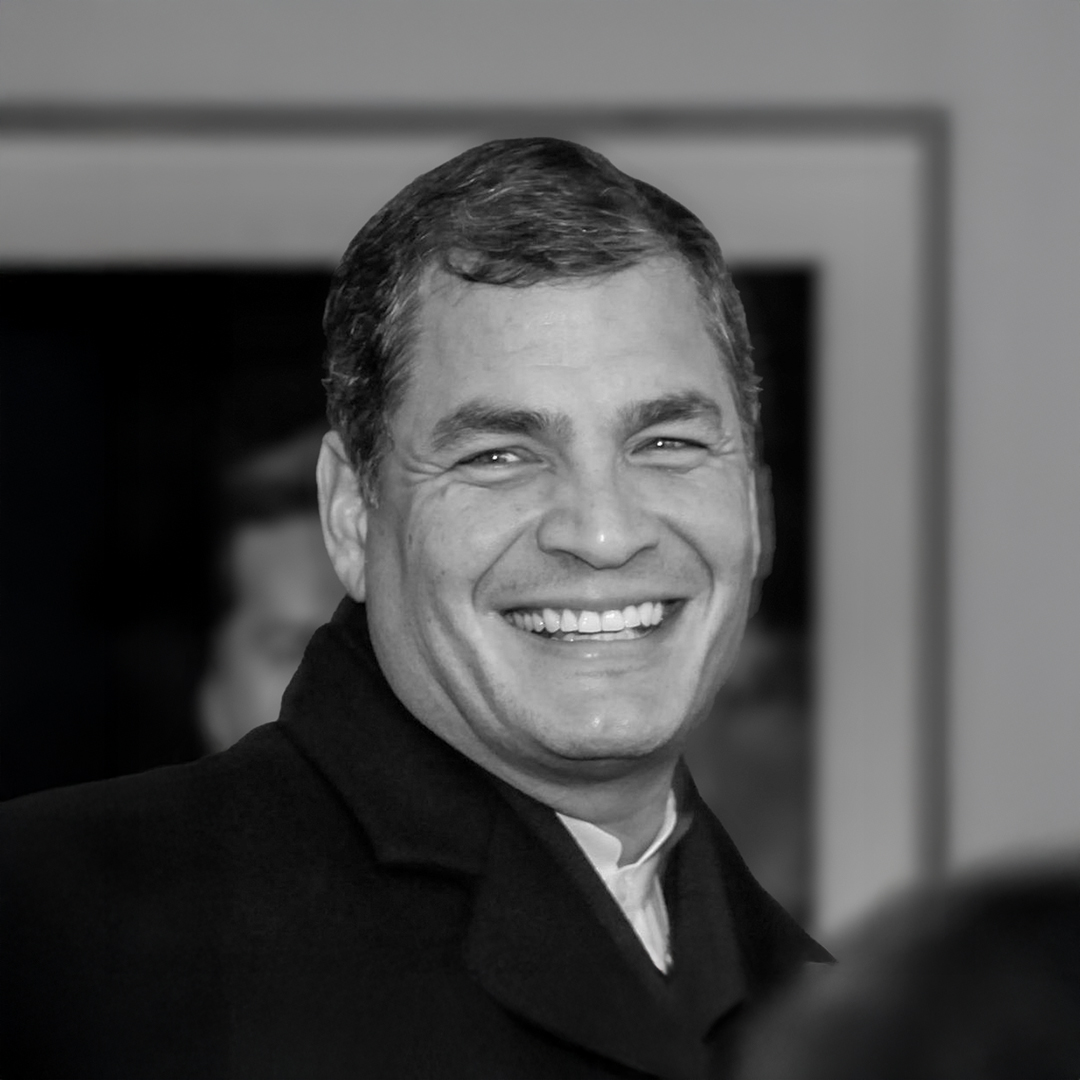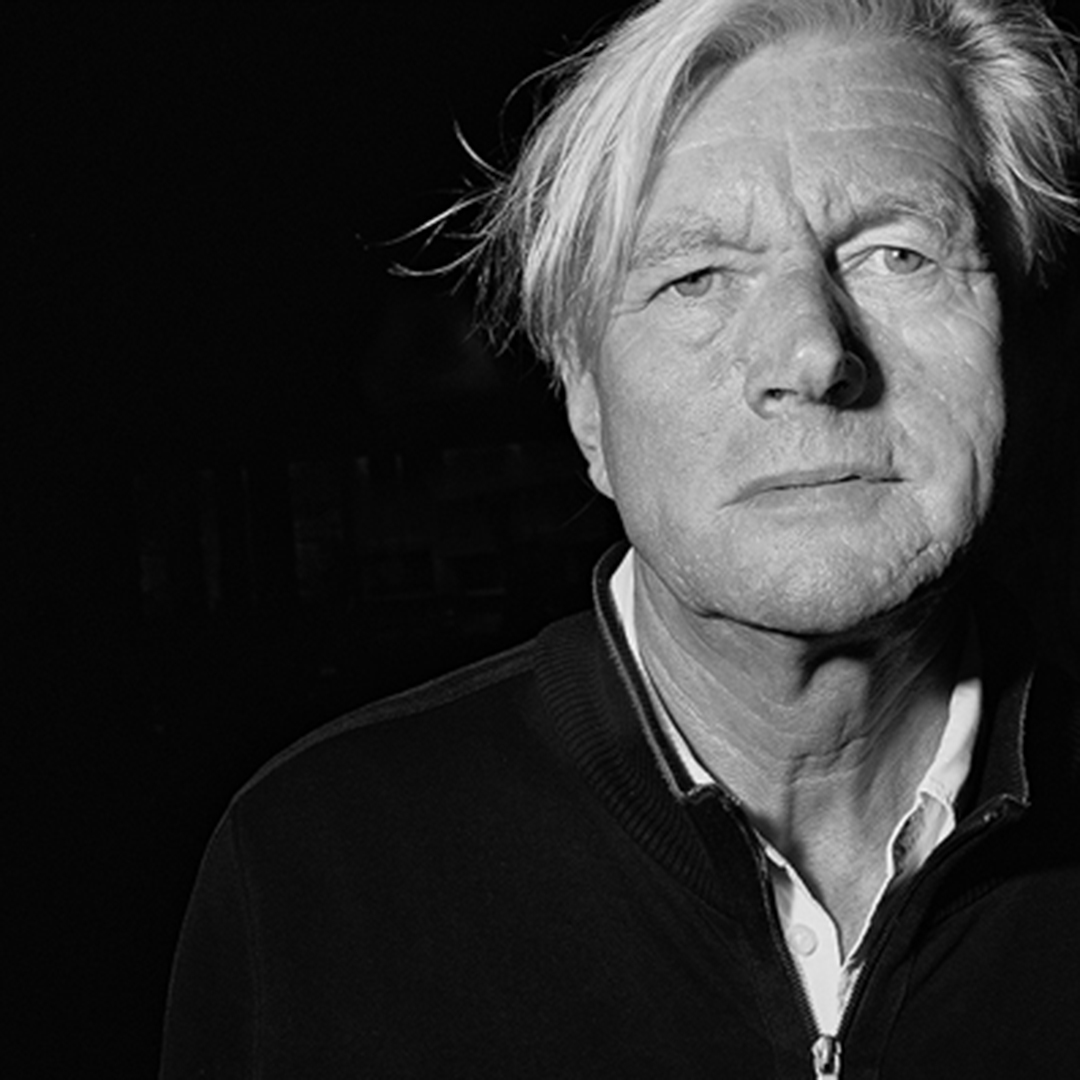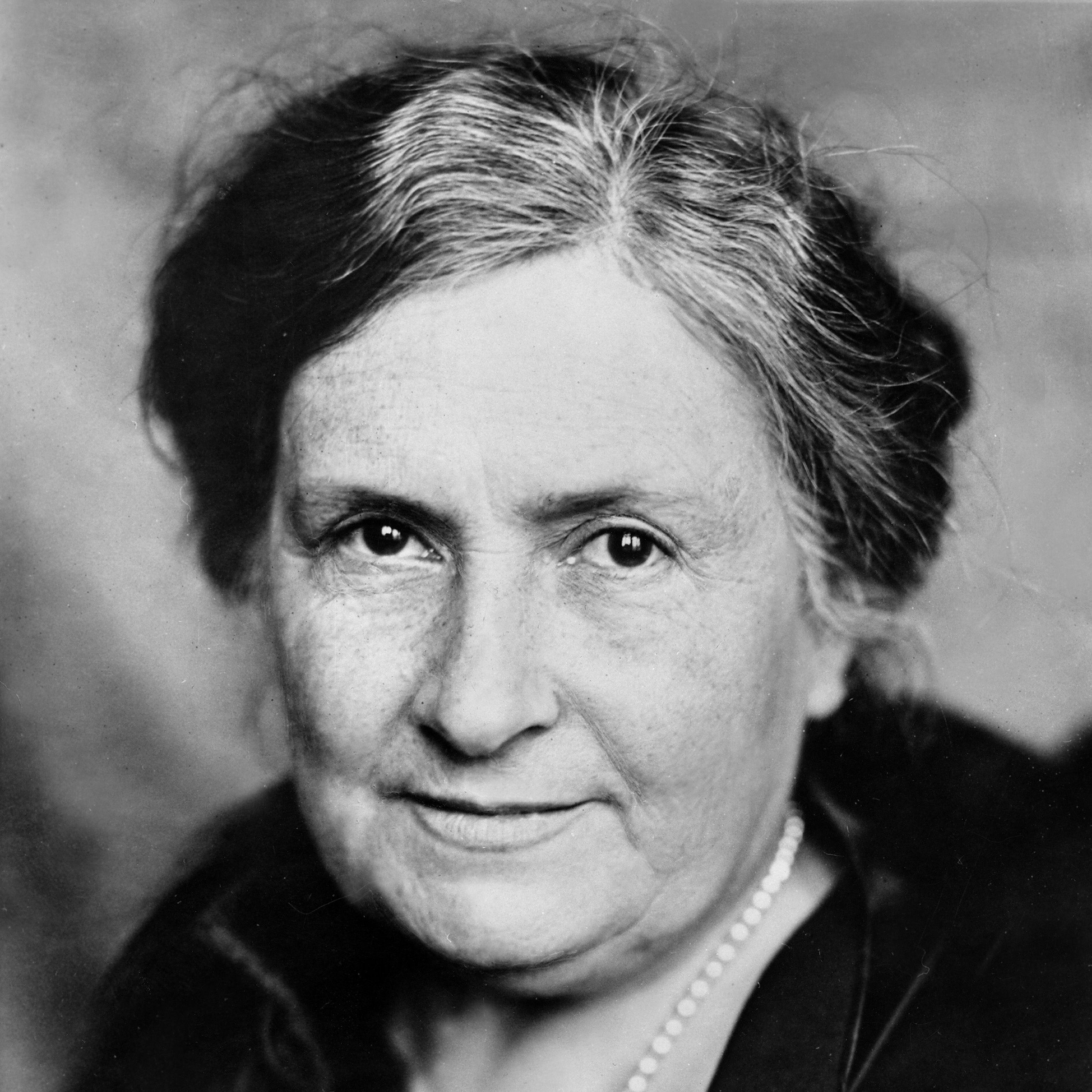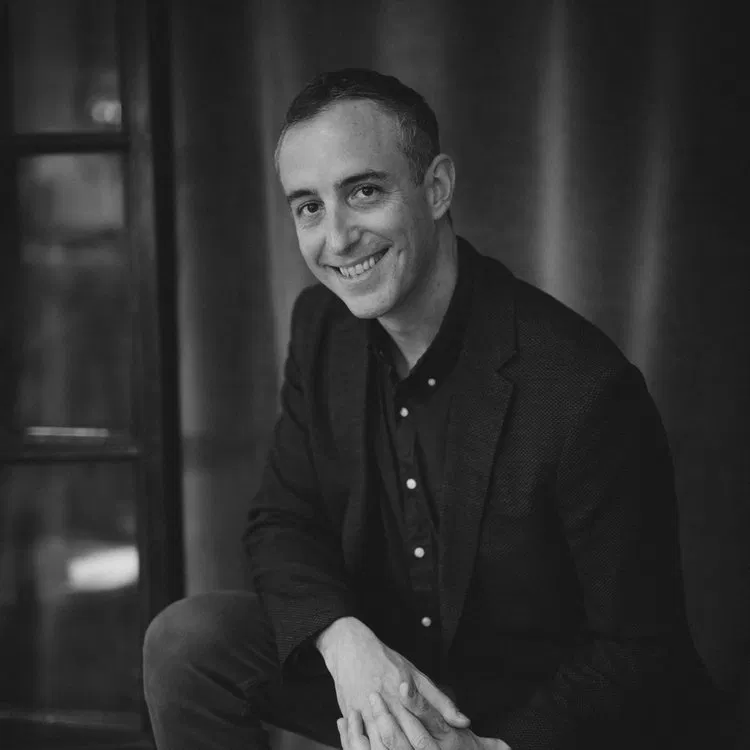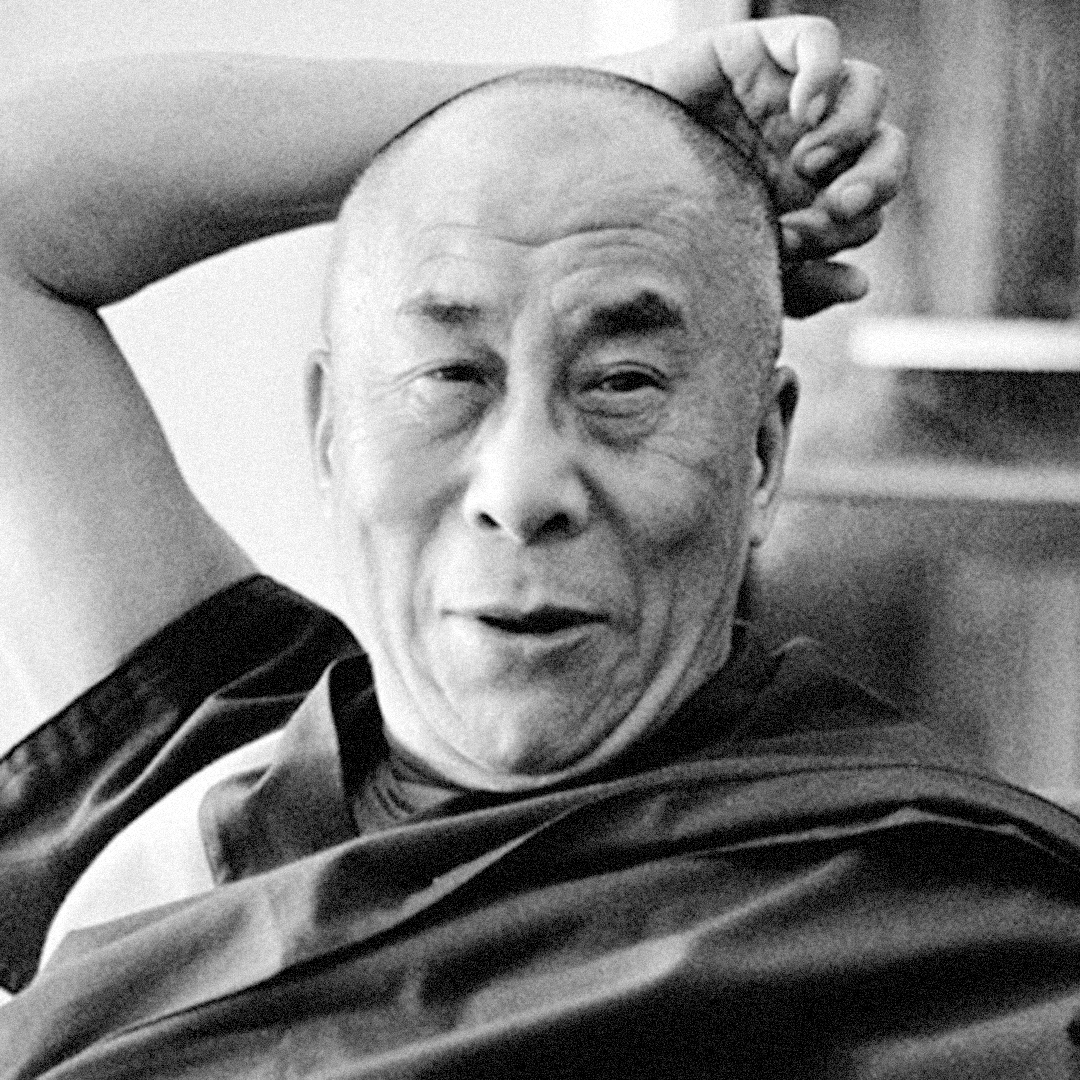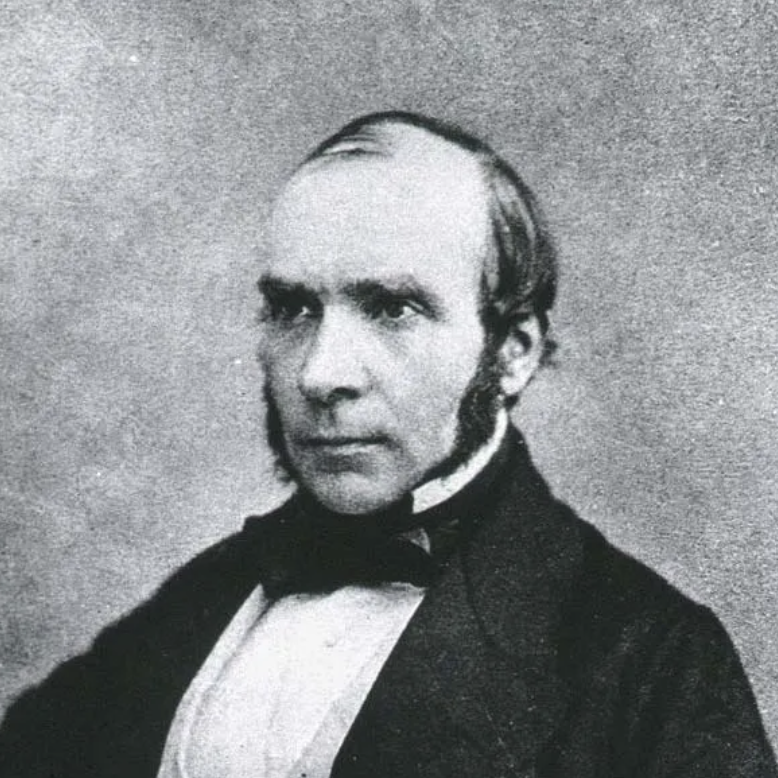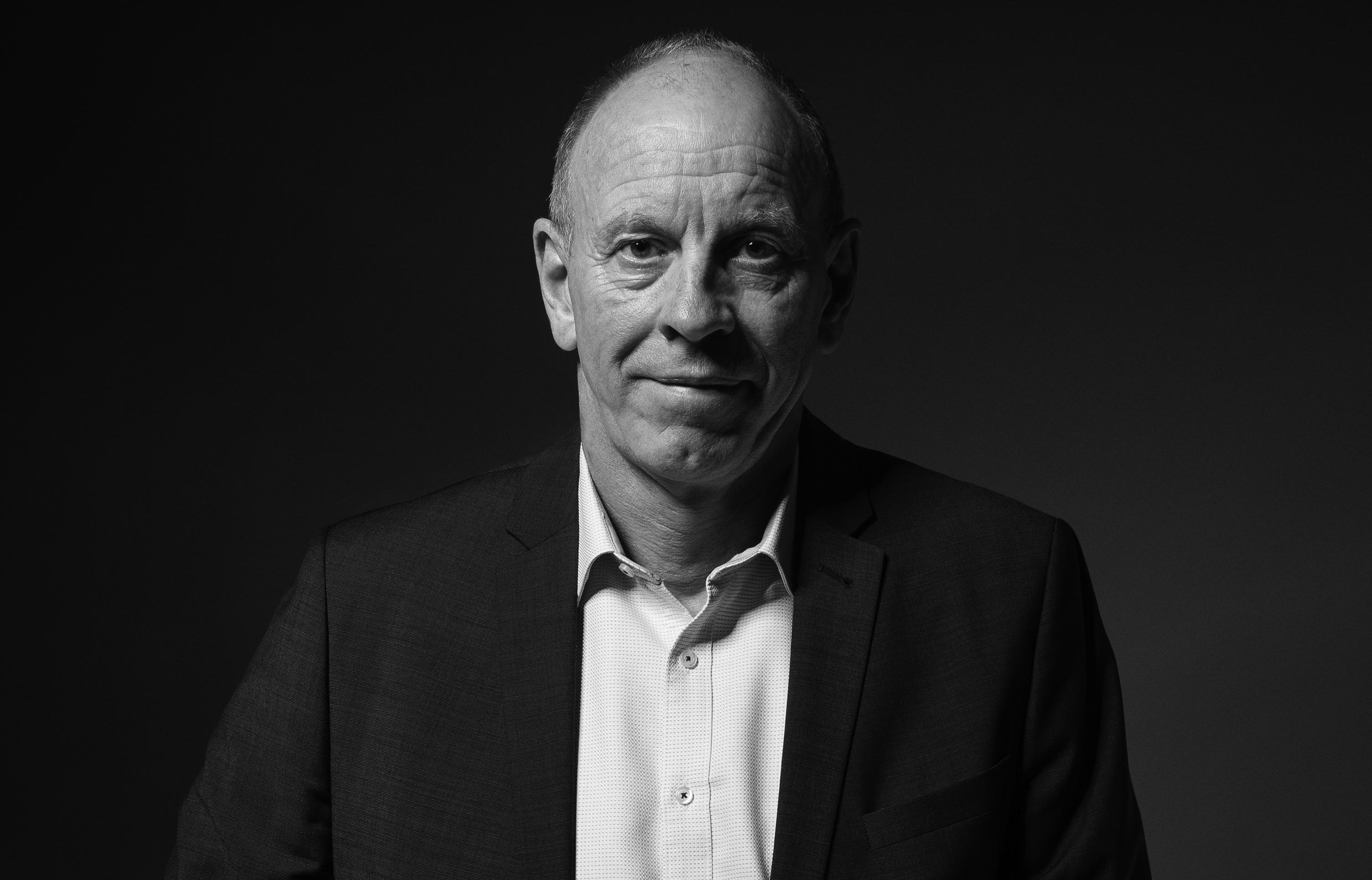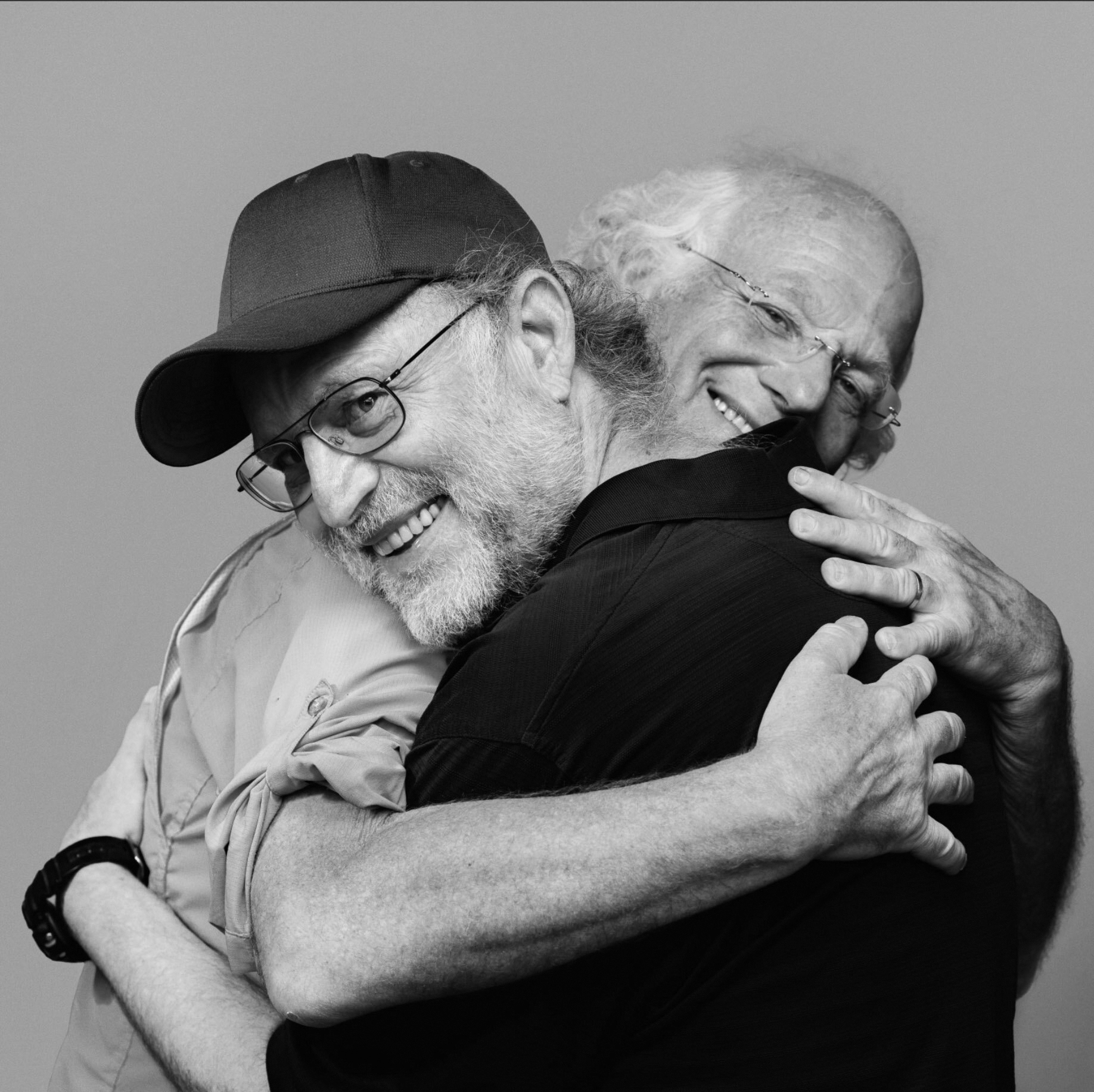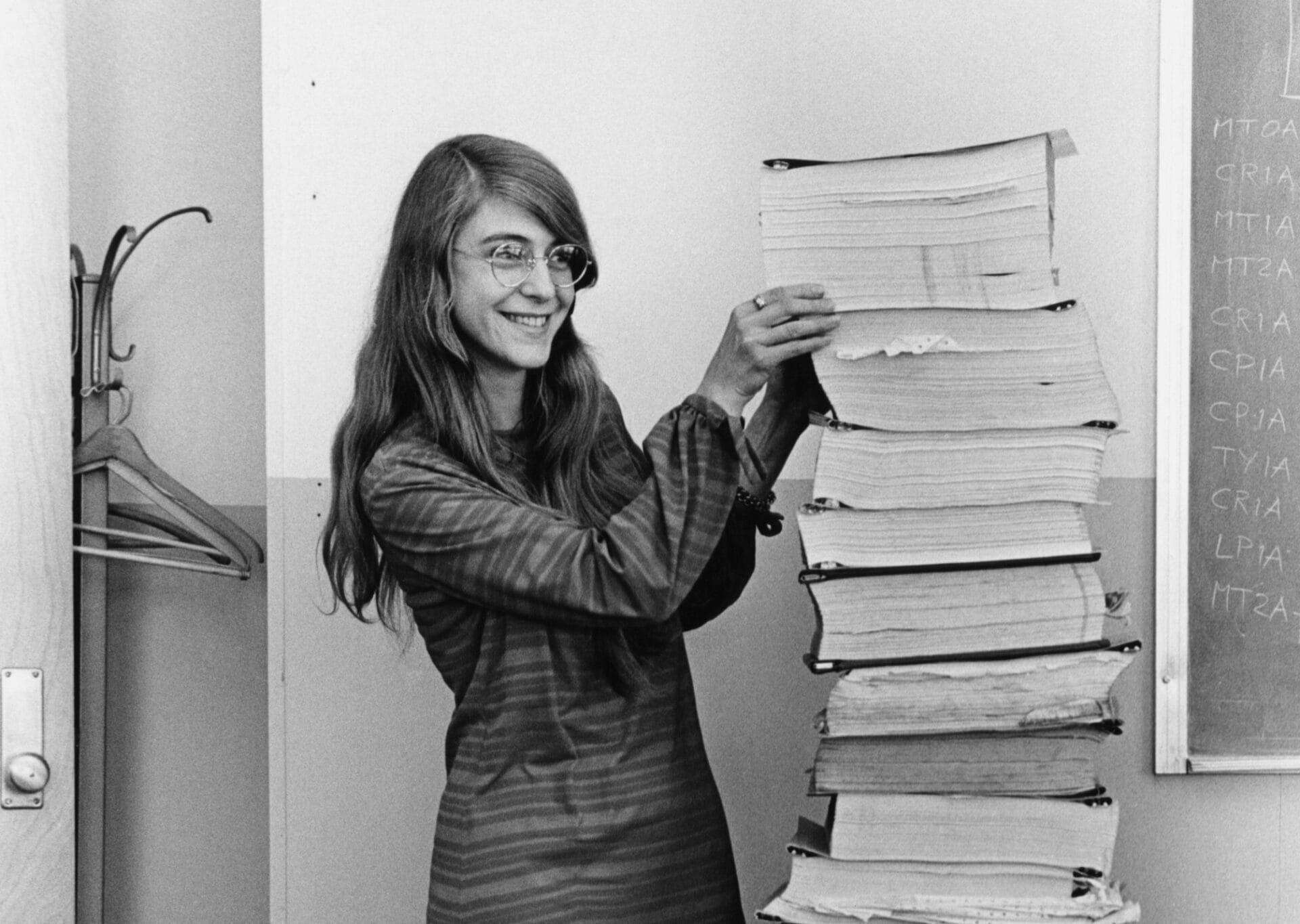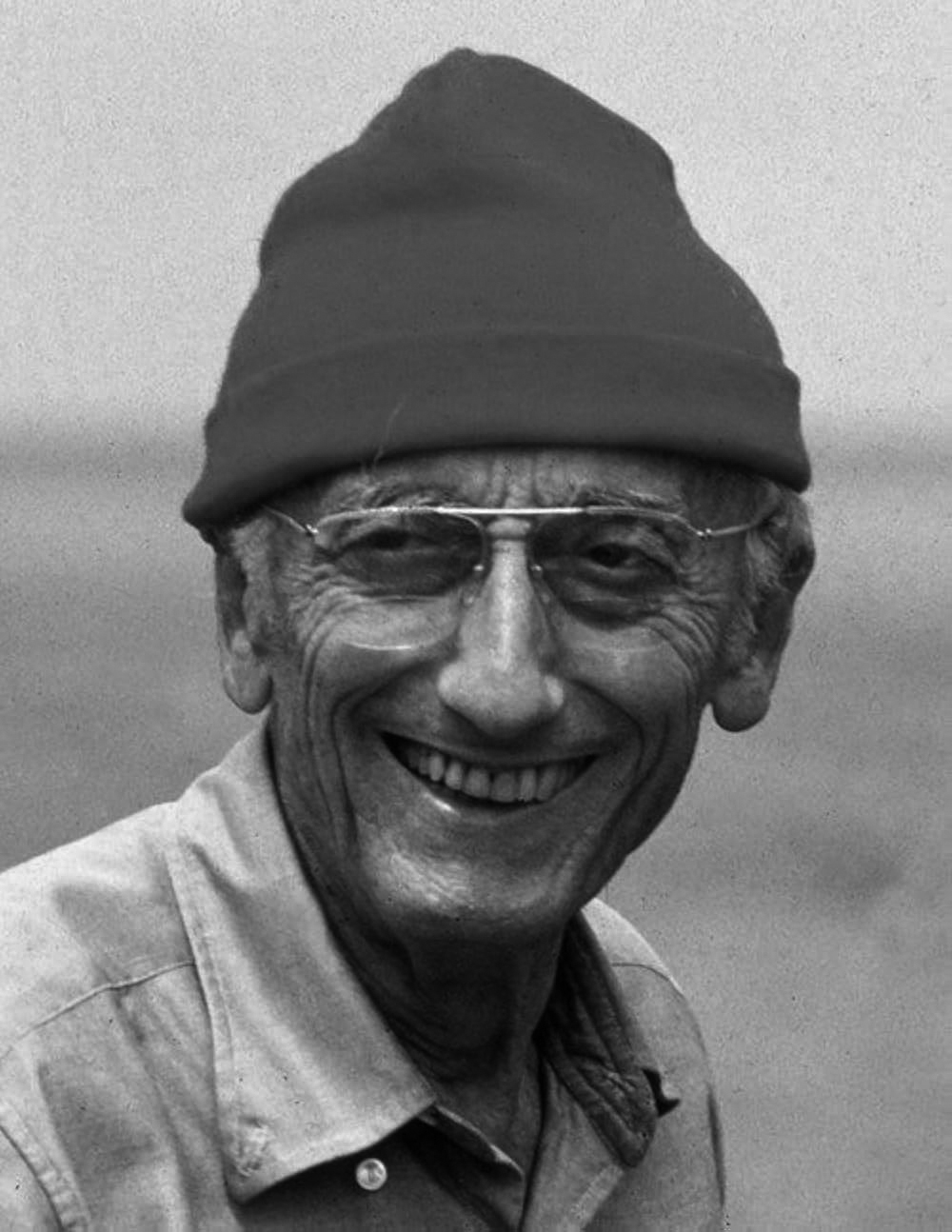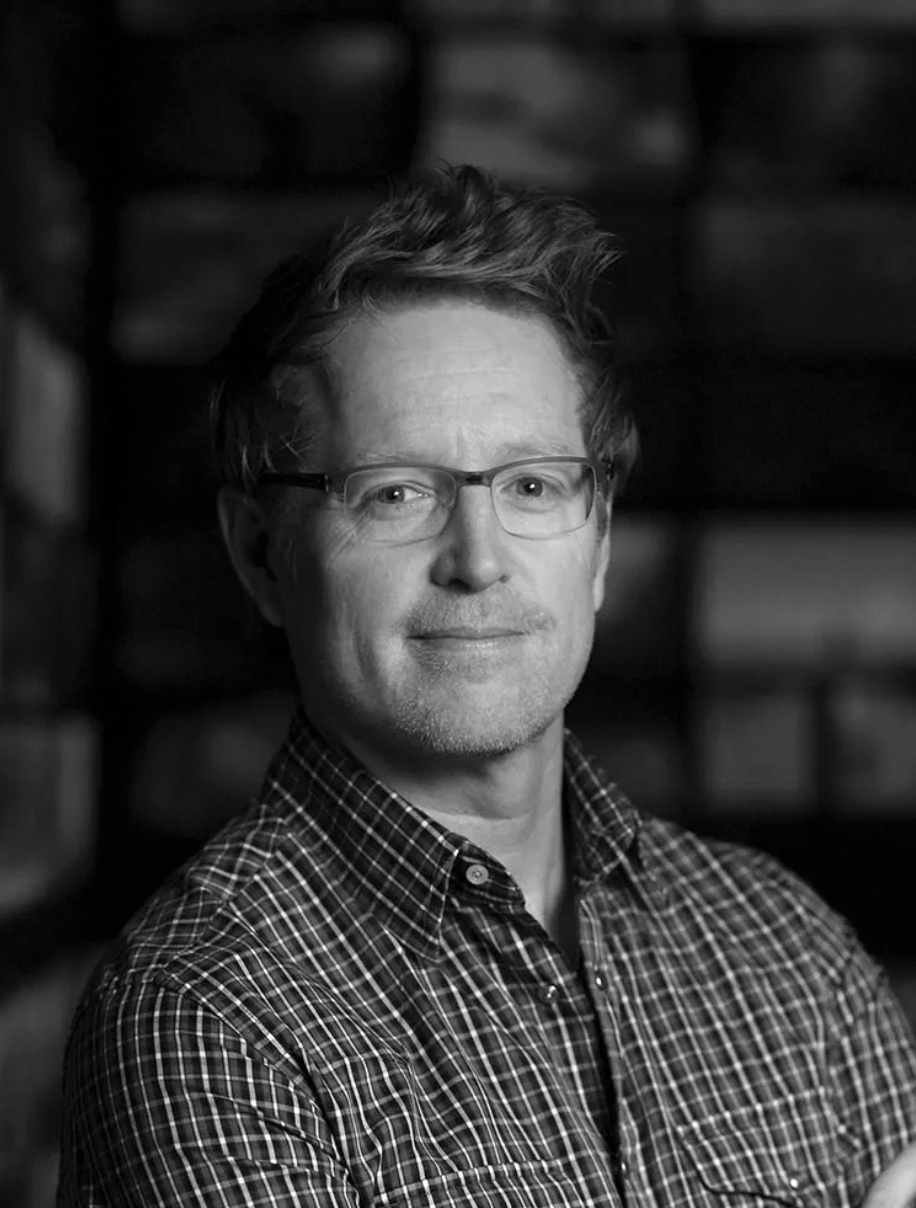West
The West represents autumn, the season of harvest and abundance. In this phase, we gather together to share the fruits of our labor and celebrate what we’ve accomplished.
South
The South represents summer, a time of busyness, focus, and hard work. In this phase, we harness our sense of focus in order to fully develop the projects we’re working on.
East
The East represents spring, the season of fresh possibilities and excited beginnings. In this phase, we turn inspiration and ideas into plans, in order to activate and motivate ourselves and others.
North
The North represents winter, a time of dormancy, rest, and transition. In this phase, we reflect upon and integrate our learnings in order to prepare for what comes next.
Why lead change
The world is changing faster and more radically than we ever thought possible. But our change strategies haven't kept up.
Traditional methods treat change like a neat, linear process. But in reality, change is messy. The real work happens in the chaos: in daily decisions, shifting habits, and how teams actually work together.
We work with leaders who understand that change is no longer optional. By embracing change and continuing to develop the skills to adapt and thrive in any context, you can effectively lead the change—instead of letting it lead you.
How we're different
We are not traditional consultants. We build capacity.
In complex times, teams don’t need answers; they need direction. A clear sense of where they stand, what’s shifting, and how to move forward.
With our 8 Crafts Method, we help teams adopt new ways of working, develop new habits, make better decisions, and build shared momentum. In this way, change becomes a capability, not a project.
Colofon
The strategic and creative development of WITHIN and The 8 Crafts Field Guide to Responsible Innovation was initiated by co-founders Franklin de Bekker and Patrick Leenheers. We were supported by a group of inspiring thought leaders and creatives.
- Art direction & identity: Bas Koopmans (Wellness)
- UX: Maarten van Sprang and Franklin de Bekker
- Digital design & no-code development: Rick Bossenbroek (Uncode)
- Illustrations: Lennart Kok
- Photography: Elmer Driessen
- Editorial copy: Christina Williams (Liminal-stories)
- Editorial images: Marcel C. de Vries (Studio Superaarde)
- General support: members of The Collective
- Overall concept & strategy: Franklin de Bekker and Patrick Leenheers (WITHIN)

Download Compass
Get in touch
Please fill in the form and we will get back to you with your request.
Grant Davidson
With a background in Design, Grant has been at the forefront of design thinking for the last 20 years. He has been an executive leader at Philips ensuring that this corporation could boast world class competences in Design, Marketing, and Innovation, providing leadership to large teams, and ensuring the most fertile conditions for people to develop themselves, and to achieve the best performance for their company. Grant excels in‘out-of-the-box’ thinking
“I have never felt so resolute and energised in my life . . . seeing the present state of climate change, social imparity, wealth imbalance and resource depletion, I am determined to do everything in my power to restore some semblance of dignity for humanity on this wonderful planet.”
“Through developing regenerative practices, and using dynamic systemic frameworks, I endeavor to amplify the movement of regeneration, and accelerate the eco awakening of influential leaders who share an inner unease in the face of the evident planetary crises, and are maybe already experiencing a heart-felt, even visceral calling to step up, to explore beyond the edge of present human comfort, and be catalysts of the repair, restoration, and regeneration of human presence, livelihood, and impact on Earth.”
Christina Williams
I am passionate about stories and the way in which they shape our realities. I believe modern marketing has gone astray and lacks authenticity. I want to redesign communications for more beautiful futures.
I enjoy collaborating with dreamers, visionaries, creatives, and changemakers to help bring far-fetched or seemingly unrealistic ideas to life. The world is in urgent need of new stories. I'm here to work with people and organisations who are telling those stories and help refine and amplify their message.
I'm a proud generalist and wearer of many hats. My expertise lies in combining big-picture thinking with attention to detail and logistical practicalities to bring all manner of things to life.
I currently live in Amsterdam with my husband and my dog. I find joy in long, quiet walks, cooking elaborate meals, and camping in the forest.
Sacha van Tongeren
In my professional life I always try to be an intermediate between social economic beliefs and creative powers. Sustainable development with a clear public value focus is what I believe in.
Over the past two decades I have built a track record of strategic partnerships and programmes that transcend borders, based on concepts that challenge the status quo and support change. Often in an international context, always at the intersection of arts/culture, technology and society.
The digital social innovation agenda has been an inspiring directive fueling my work. Based at Waag Future Lab I served the foundation of the European Social Innovation Competition and committed to the Social Innovation Exchange (SIX) network. With the exceptional team I developed several European research projects and created the steppingstones for social enterprise Fairphone. More recently I developed a multistakeholder innovation program for the Amsterdam Public Library, paving the way for a vision on the library of the future. In my work I find it essential to harness the knowledge and experience of people closest to the issue.
As I grew up spending most of my time sailing the Dutch waters and the North Sea, I became a wave-expert, always trying to make sense of the patterns in the water. This instilled in me an awareness of the voices unheard and the invisible forces that influence and drive us.
Challenges are many, but from experience I know the wisdom, creativity and experience within society are abundant as well.
Ola Lugowska
I am a breathwork expert with over thirty years of experience in holistic well-being, including in the corporate world. As an Advanced Buteyko Expert, Breathwork Coach, BreathMastery Facilitator, and certified Meditation and Yoga Teacher, I blend neurophysiological science with ancient practices. During my tenure at McKinsey & Company, I was a wellness ambassador, introducing restorative practices that fostered lasting habits and facilitated transformational changes in individuals and workplace cultures.
I specialize in integrating breath regulation into leadership development programs. Breath regulation helps leaders purposefully change their state of mind - their emotions and their thoughts - which improves their effectiveness and adaptability. It can help enhance essential leadership qualities such as empathy, presence, connection, creativity and self-transcendence.
Breathing is a tool. It is the connection of body and mind, of conscious and subconscious, between ideas and results. Mastery enables leaders to be responsive and conscious, benefiting themselves, their teams, and their organizations.
Ana Cardoso
In recent years, I've been curiously observing and experiencing the incredible potential for change, reinvention, and transformation that we have as human beings. This became my passion, my profession, and my area of study. I honed my practice as the global head of agile transformation at Kraft-Heinz.
I am currently invested in Transformative Coaching, which explores a person’s inner world of beliefs, assumptions, values and aspirations, in order to create greater possibilities for life and business.
I split my time between Europe and South America, learning from the best of both worlds.
I believe that overcoming outdated practices in business and innovation requires a strong network of visionary minds, hands and hearts, and this is the power of the WITHIN Collective.
Valentine Giraud
I started my work as a facilitator in leadership development at ABN AMRO Banco Real in Brazil in 2005. Since then I have dedicated my career to supporting individuals and groups to be in alignment with their purpose and to launch transformative ideas into the world.
I have helped teams create innovative processes and products, amongst them Pepsico, Nivea, Visa, Pernod, Banco Itau, Bauducco. I have also curated learning journeys for C-level executives in innovation hubs around the world, including Israel, China, Singapore and Silicon Valley. I have worked as a facilitator for THNK School of Leadership since 2016, leading programs in Brazil that supported not-for-profit and government leaders. Over the last two years, I have dedicated myself to a masters degree on the Psychology of Creativity in Santa Barbara, California.
My biggest passion is to meet people and discover places. I was born and raised in Brazil, and throughout my life I have lived in India, Holland, Canada and the United States. I am currently based in the south of France, from where I work and study remotely while enjoying the vibrant and inspiring culture of the region. I speak five languages and love a good adventure.
Robert Wolfe
Leading groups on a journey of personal discovery and creation is still my passion, even though I’ve been doing it for over 25 years. I can’t get enough, it seems!
I recently bought land in the mountains of Slovenia and my partner and I have built a home there, with chickens, cats and dogs. Beauty and peace are important to me.
I am good at creating a sense of safety and a sense of adventure at the same time.
Charlie Downing
I grow brands - and the people who lead them - by defining what they do, why they do it, who they serve, where they’re going, and how they show up in the world. I’m most energized by brands that put purpose ahead of profit.
My wife and I left expat city life for an Australian coastal town, where we live with our three young daughters. Balancing work with stillness, both from nature and community, keeps me smiling.
I learned that chasing perfection is a trap. Life’s much more interesting in the present, as a work in progress. Never done exploring, creating, learning from mistakes, and having fun along the way.
I help WITHIN by rallying leaders behind a company’s purpose to deepen the meaning they find in their work and accelerate their motivation for business to do good.
Laura Taal
Over the past 15+ years, I have worked on sustainability in commercial contexts. At PwC I advised organizations such as Philips and VROM on incorporating human rights into their procurement practices. At HEINEKEN I professionalized their global sustainable procurement programmes, and at IDH I collaborated with companies like Nestlé, Unilever and Mars on creating shared value in supply chains with smallholder farmers in the global South.
Today I bring individuals in touch with their vision on a sustainable future and guide them in bringing that vision to life in their personal and professional lives.
I am a pragmatic optimist with an atypical profile combining a social academic background with work experience in corporate as well as non-profit environments.
I live with my husband, daughter and son in Amsterdam. My personal vision is that we achieve global equity on a healthy planet by 2050.
Sacha Muller
I am a strategist and policy advocate with a strong belief in innovation and the power of technology for good. In my 20+ years in the business world and political arena, I have been at the helm, advising, coaching, and campaigning. My work spans sectors from retail to insurance, recreation to consumer goods, primarily supporting SMEs and scale-ups, as well as social entrepreneurs and the (semi-)public sector. My focus is on digitalization, innovation, and sustainability, all aimed at creating a future full of possibilities.
I live on a houseboat in Amsterdam, the Netherlands, with my husband and our two energetic and enthusiastic children who have a penchant for challenging my assumptions on a daily basis.
I love life, adventures and new discoveries – whether out in the world or in stillness, within. I enjoy sitting back and reading up on history, psychology, politics or innovation, or going out there to curiously engage with a myriad of ideas and possibilities. The richness lies in the balance.
Huib Wurfbain
It may seem I have two professions: investment and coaching. But they really are one and the same.
I started my career in banking and continued into capital markets, investor relations and M&A. Very financial guy you might think, but in all honesty it wasn't the numbers that piqued my interest. It always was about the story and the person behind the story. There is strategy, and there is leadership. It is the person that makes the difference.
Today, I combine being an angel investor in the energy and circularity space with leadership development, using all the tools and experience from my previous positions. I love it and intend to continue doing it for many years to come.
I am a husband to Niels and we live happily on one of Amsterdam’s most beautiful canals. You may spot me walking with my Welsh terriers, sometimes accompanied by a founder or a coachee. Listening and talking is best done while walking, I think. I am a singer: both individually and as part of a very fun choir. I am on a few boards, mostly related to impact. The board of Pride Amsterdam would be one of my most visible initiatives.
Lifelong learning is second nature to me. I love learning about new stuff, old stuff, the world around me and most importantly myself. I'd say that I have an inquisitive mindset and a willingness to try and experience new things.
Irene Rompa
I studied psychology, and then my first job after graduating was to expand a Dutch sustainability startup into the United States. I transferred to San Francisco and got immersed in the local innovation and tech scene.
When I returned to the Netherlands, the Dutch startup scene had just begun to gain traction. For the past 15 years, I’ve had all kinds of roles within the Dutch and American startup ecosystem; from being an entrepreneur myself, to leading accelerators, sustainability campaigns, managing public-private partnerships and organizing large innovation events.
Two years ago, I changed the direction of my career and returned to my two passions: hosting and psychology. I now work as a mediator, family constellations facilitator and host of many events. Since moving back from the U.S., Amsterdam has been my homebase. I enjoy the city for long walks, the cinema and a workout in Vondelpark.
With 15+ years of experience in the Dutch and American (deep)tech scene, I’ve seen a great number of companies from the inside while working in various positions myself. What drives me in all my roles is trying to really ‘see’ people. The skills that I need and use during mediation and constellations are similar to those I use while hosting a large event: listening, summarizing, making people comfortable and creating an atmosphere that brings out the best in others.
Patrick Leenheers
I am a long-time practitioner of innovation in the corporate context. I spent 22 years in telecommunications working on strategy, product and customer experience. Throughout my career, the common thread has been working on programs that required intense cross-functional collaboration. In 2012, I began working at THNK School of Leadership. I supported hundreds of leaders on innovation projects across sectors (maritime, energy, finance, pharma, health, tech, retail) and continents (Europe, Americas, Africa and Asia).
I practice performing arts including storytelling, cabaret and music. And I am a father of two young adult sons. I live in the Netherlands, not far from Amsterdam.
I never get tired of deepening my understanding of humans and life. Whether it is through ancient wisdom traditions, physics, psychology, economics, history, technology, or through poetry, music, art, nature and silence. Every layer adds understanding, and everything inspires me.
Franklin de Bekker
I spent the first 15 years of my career working in creativity and innovation in various positions in the creative industry. I combine multiple design disciplines with brand strategy. I am quick to embrace new technologies and cultural shifts, and I always keep an eye on what is on the horizon.
In 2018, I reached a pivotal fork in the road and discovered that leadership development is one of the most powerful levers for driving change. Since then, I have immersed myself in personal and organizational development, supporting teams and individuals in their leadership and innovation journeys.
These days, I chart a course into the future from my home in Amsterdam, where I live with my son, my partner, and our soon-to-arrive second child. I indulge in improv theater as a way to stay flexible and creative when life throws curveballs.
What drives me is making complex things simple and beautiful so that others can learn and be inspired to take action. I am obsessively curious and learn from everything I do. Marcel Proust was right: “The real voyage of discovery consists not in seeking new landscapes but in having new eyes.”.
I am worried about the future that my children will inherit. I sometimes get frustrated by the lack of long-term thinking and imagination, as well as the reliance on a ‘business as usual’ mentality. It is from that ‘divine discontent,’ that WITHIN was born, co-initiated with Patrick and a group of early supporters.
When Poetry Takes Flight
How David Whyte reframed engineering culture through verse

A poet among engineers
In 1994 at their headquarters in Seattle, all of Boeing’s engineers, designers, and executives were laser-focused on the Boeing 777, the first jetliner to be designed entirely on computers. The technical teams were aligned on specs and aerodynamics, but morale wavered under the pressure. Thousands of people worked on the project, but the grand narrative felt distant, disconnected from the human hands shaping metal and circuits.
Boeing recognized that they needed to reframe their collective effort as something greater than engineering. To do so, they approached an unlikely candidate: David Whyte. A poet with a background in marine biology, Whyte was about as far as one could get from an engineer. But this was exactly what they needed: someone with an outside perspective to help Boeing employees see beyond the blueprints and recognize the deeply human endeavour they were undertaking.
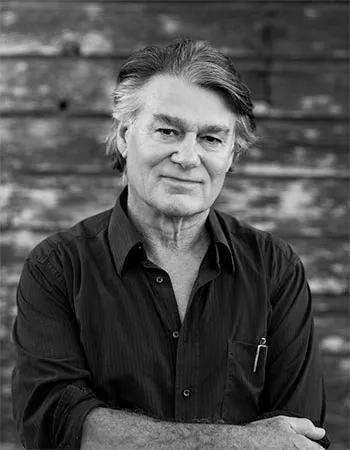
David Whyte
David Whyte, poet and philosopher, brought verse into Boeing’s engineering culture—reframing technical work as human endeavor and showing how artistry and language can inspire collective purpose and innovation.

Seeing beyond the jargon
Whyte’s approach was unconventional. He didn’t analyze technical reports or optimize workflows. Instead, he observed. He walked the factory floors, listened to conversations, and immersed himself in the world of the engineers. He saw the tension between the visible and the invisible—the tangible steel and the unseen trust required to make a plane fly.
To inspire the 10,000 people who would design, build, and launch the 777, Whyte didn’t rely on technical language. Instead, he wrote a poem that would unlock the hidden beliefs and aspirations within the team. That poem was “Working Together,” a story that reframed the act of engineering into something greater:
We shape our self
to fit this world
and by the world
are shaped again.
The visible
and the invisible
working together
in common cause,
to produce
the miraculous.
I am thinking of the way
the intangible air
passed at speed
round a shaped wing
easily
holds our weight.
So may we, in this life
trust
to those elements
we have yet to see
or imagine,
and look for the true
shape of our own self,
by forming it well
to the great
intangibles about us.
— Published in The House of Belonging (1996)
Artistry in leadership
Whyte didn’t just describe what Boeing was building—he redefined how they saw themselves and their work. By tapping into the mystery of flight and the elegance of collaboration, he reminded them that their work was more than the sum of its parts. This poetic reframe gave Boeing a language to articulate their ambitions in a way that felt universal and timeless, while still deeply relevant to their mission.
When Boeing unveiled “Working Together,” it spread through teams, appearing in speeches, on office walls, and in conversations among employees. It became part of Boeing’s culture, a reminder that even in the most technical environments, imagination and artistry mattered.
Crafting language that lasts – key leadership lessons
Today, “Working Together” remains a touchstone not just for Boeing but for any leader or brand seeking to connect with people on a profound level. Whyte’s poem reminds us that even in industries defined by precision, creativity and imagination are what truly lift us off the ground.
Whyte’s collaboration with Boeing shows us what happens when the Artist craft is applied to even the most technical of industries:
- Challenge the familiar: Reject corporate jargon in favor of language that resonates more widely.
- Surface the invisible: Go beyond describing what you do—explore why it matters.
- Reframe the story: Inspire action by revealing the deeper truth within the work.
If we, too, want to inspire our teams, our partners, or our audiences, we must embrace the Artist craft. Reframe the challenge. Seek new perspectives. And, above all, find the words that elevate our work to art.
See the
bigger picture
Every story, tool and practice fits into a larger method. Step back and observe how they connect, and why they help you lead change with confidence.
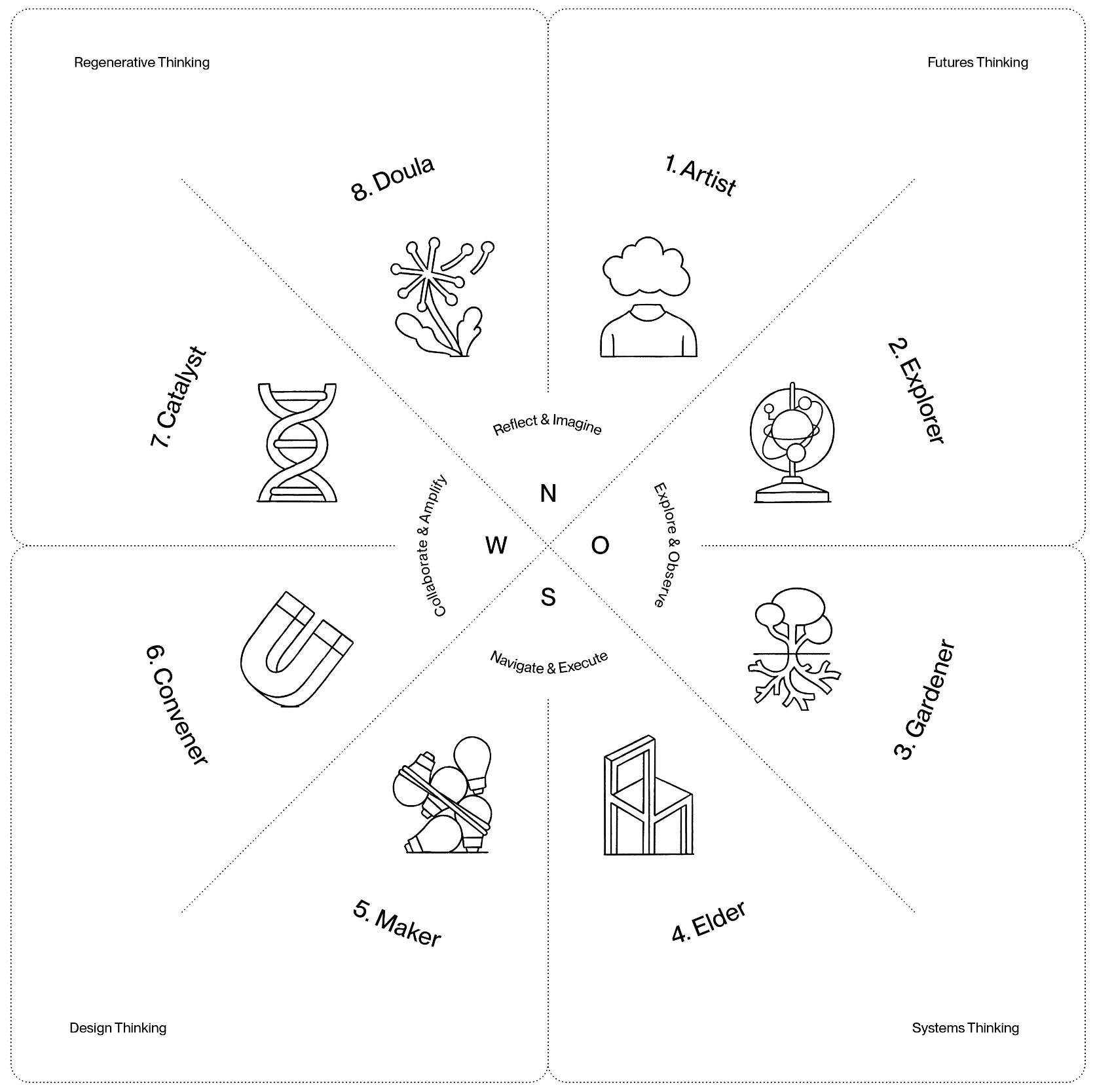












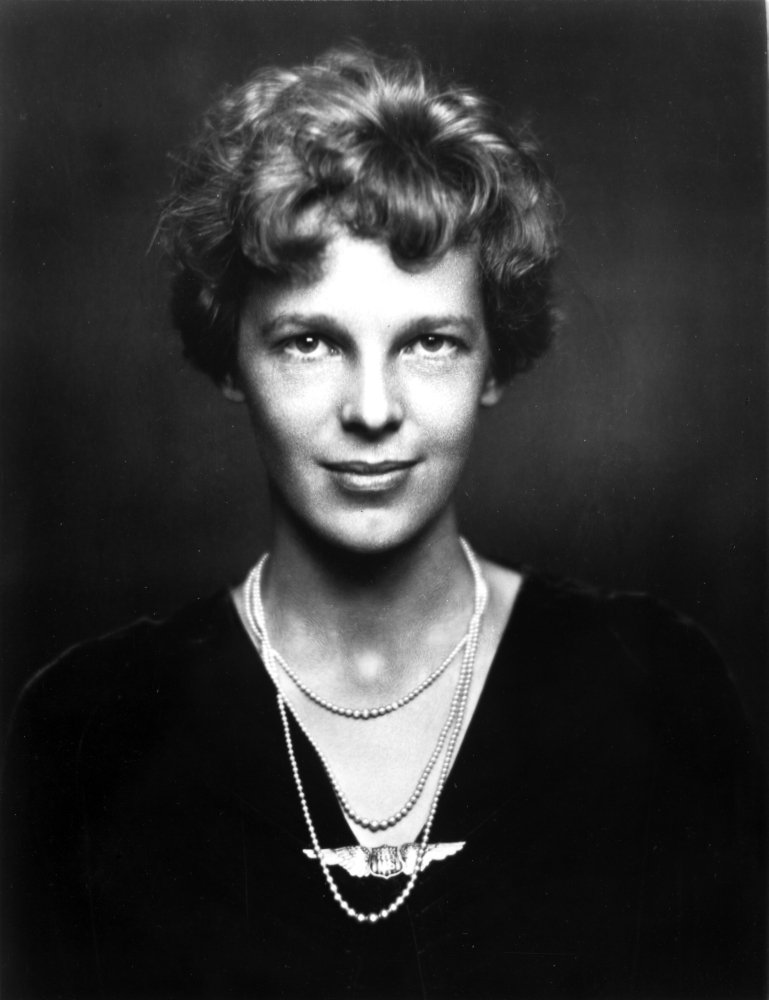

.jpg)



